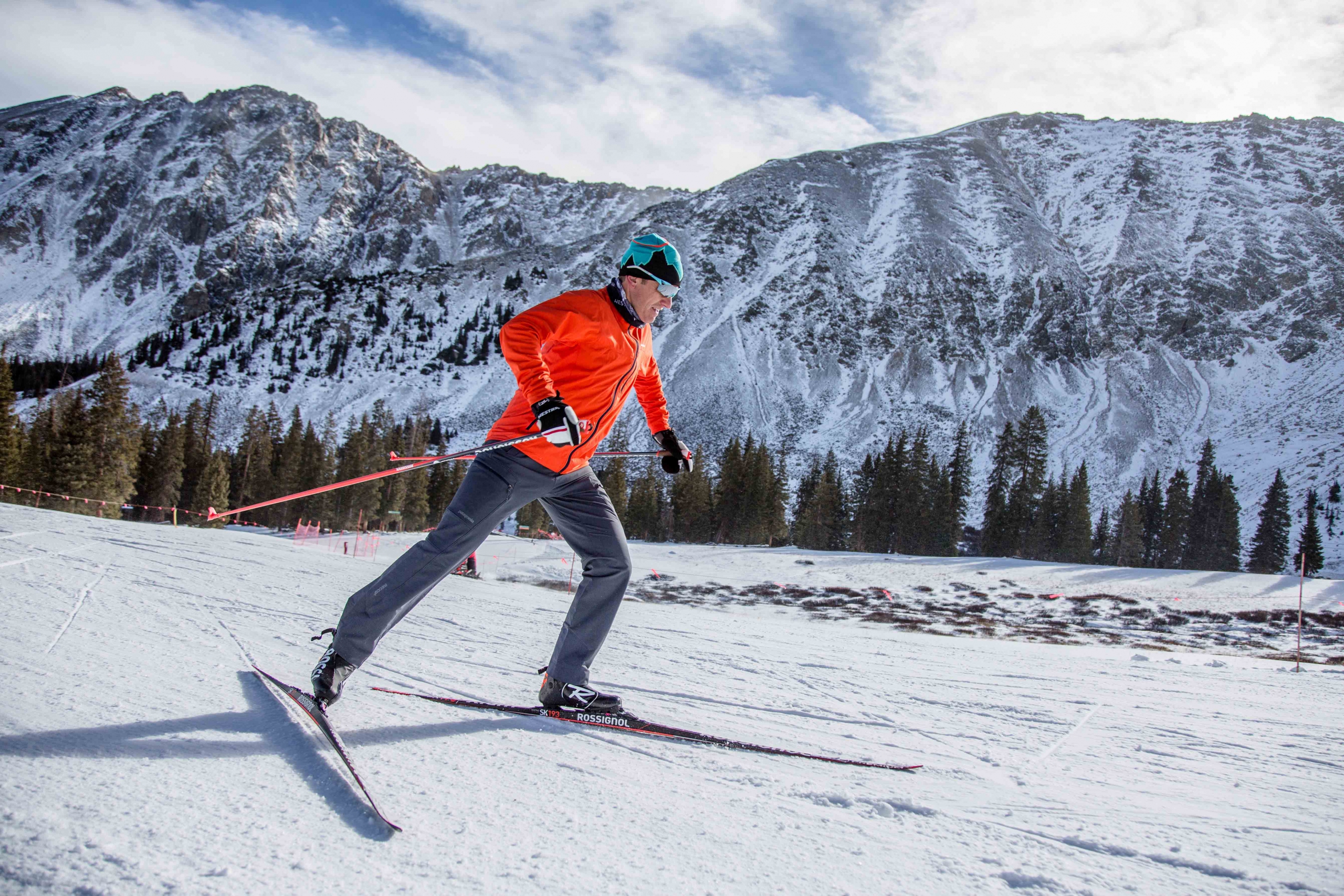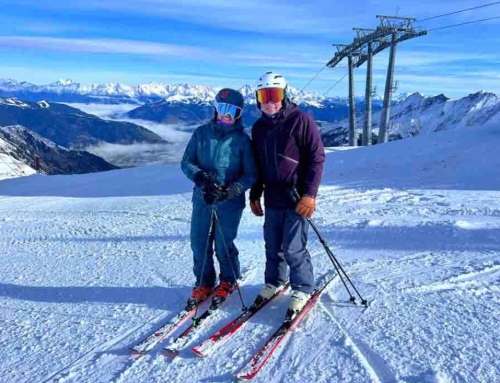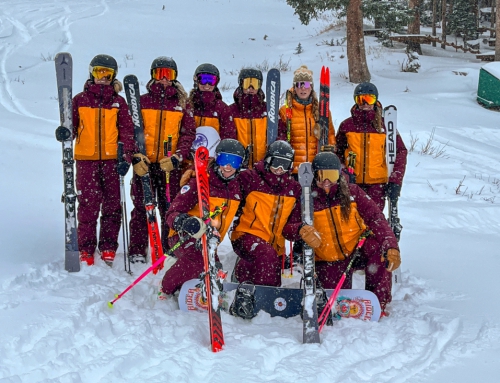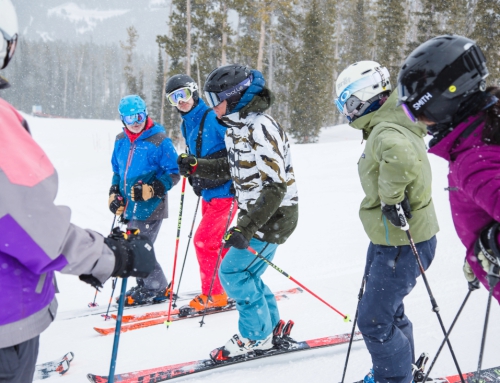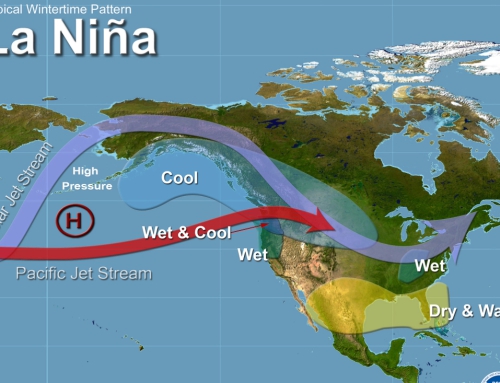Watch the Olympics to Improve Your Cross Country Skills
Top Instructors Explain Cross Country Events and How to Apply Techniques to Your Own Skiing
Cross country skiers at the 2018 Winter Olympics in PyeongChang, South Korea, will use a variety of techniques to get ahead of the pack and win the race. Watching cross country athletes use double poling, uphill strides, and aggressive skating can help all cross country enthusiasts improve their own skiing, according to the Winter edition of 32 Degrees, The Journal of Professional Snowsports Instruction for the Professional Ski Instructors of America and American Association of Snowboard Instructors (PSIA-AASI).
David Lawrence, a member of the PSIA Nordic team, explains what to look for during the competition and how to use these three takeaways to improve your own skiing.
The Olympics features six different cross country ski races: skiathlon, the individual sprint, team sprint, 15km individual, 50km mass start and the 4x10km relay.
“Each race gives you a chance to view athleticism and technique at the highest levels in the sport of cross country skiing,” says Lawrence. “If you make the time to watch only one race, watch the skiathlon. You’ll get both classic and skate skiing. The winner is the first racer across the finish line.”
Classic skiing uses longer skis with grippy wax underfoot and ski movements that look similar to running. Skate skiing uses shorter skis with smooth bases that glide across the snow without gripping that are easier to propel, and these movements look more like ice-skating. Lawrence highlights three elements, double poling, uphill stride, and aggressive skating, to look for during the skiathlon race, which combines both classing and skate skiing.
- Double Poling: Using only poles to propel oneself forward is an integral technique of classic skiing. It is faster and more powerful than the normal kick and glide striding of traditional cross country skiing. When viewing, pay attention to how much double poling the racers use during the race. Using this technique will help you move faster when classic cross country skiing.
- Uphill Stride: The next thing to watch for during the classic skiing portion of the skiathlon is how the athletes maneuver up the steep hills. Lawrence says you’ll see skiers use a more aggressive double pole technique when they move up the beginning of the hill, then after they are started up the hill they quickly switch to a stride and glide technique. The hill may force athletes to use the herringbone technique, an awkward positioning of the skis in a “V” shape which helps them run up the hill without slipping during the steepest part of the climb. Remember to use a combination of different techniques when you’re going up and over a hill—the slope of the hill can help you determine your approach.
- Aggressive Skating: In the second half of the race, the athletes switch to skate skiing, which uses shorter skis and longer skating poles. Watch for more strategy during the second half of the race. The skaters will make calculated decisions to get ahead of the pack, such as dialing up their anaerobic output, sprinting the hills and coasting the downhill to recovery. Just like Olympic athletes, the type of equipment you use will determine how you ski.
If you’re already pursuing cross country, Lawrence recommends you learn and master the double pole technique explaining, “It’s popular in the Olympic races because it works!” Another takeaway is to vary your hill climbing techniques, just like the elite racers. There are many techniques a skater can use, gliding, herringbone, or sprinting. Lawrence says to also remember to keep your legs actively pushing your skis when skating and change your tempo— don’t ski one speed all the time.
Lawrence recommends if you want to take your cross country skiing to the next level, and are interested in learning more about the benefits of taking a lesson from a certified instructor, visit PSIA-AASI’s Take a Lesson page.

